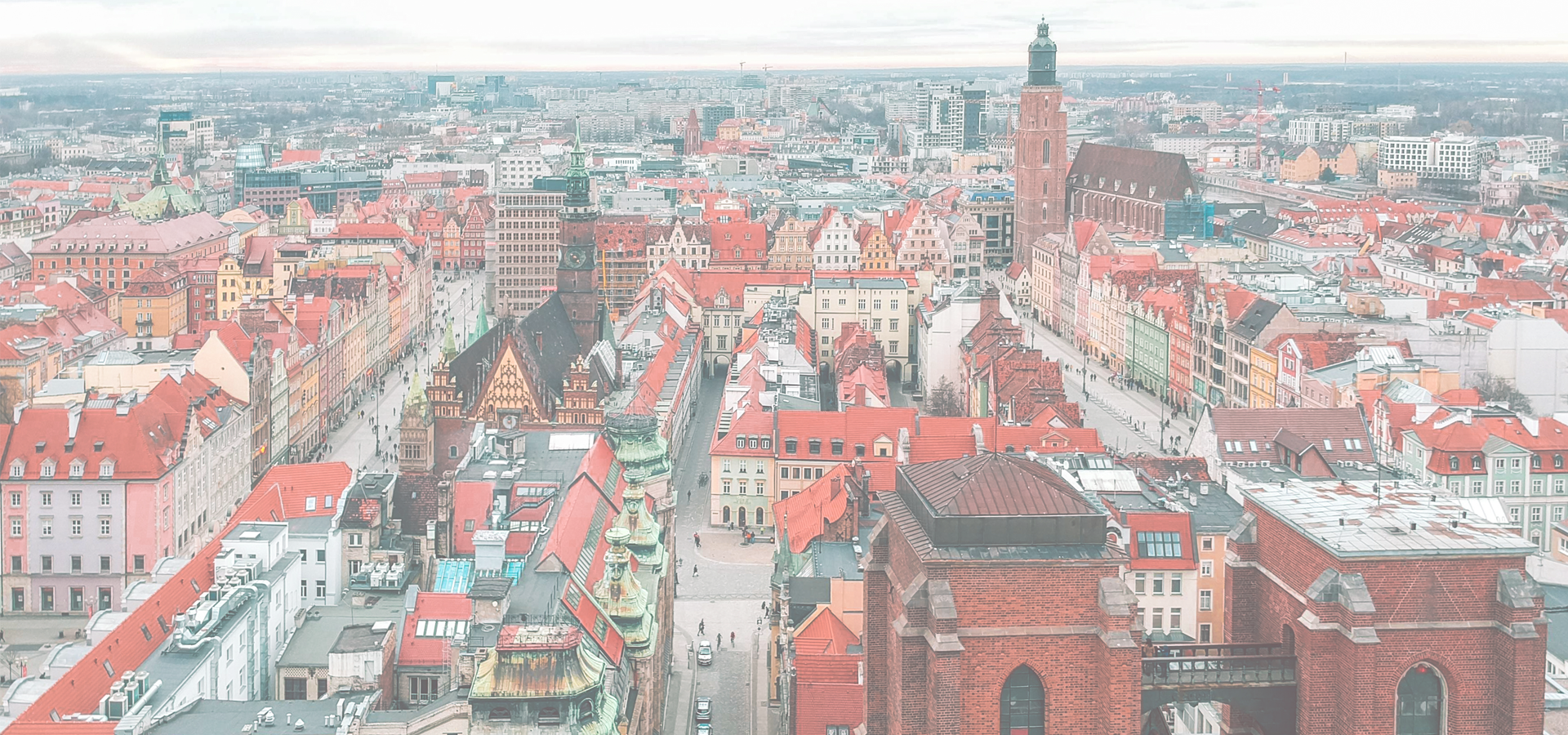Kowary, Lower Silesian Voivodeship, Poland
🇵🇱 Kowary (Schmiedeberg im Riesengebirge) is a town in Jelenia Góra County, Lower Silesian Voivodeship, in south-western Poland. It lies approximately 14 km (9 mi) south-east of Jelenia Góra, and 93 km (58 mi) south-west of the regional capital Wrocław. The town is famed for its sanatoriums and a miniature park displaying architectural monuments of the Lower Silesian region.
History The official site of the town dates the history of Kowary dates to 1148 when semi-legendary miner Laurentius Angelus mined iron ore in the location on the behalf of Polish duke Bolesław IV the Curly, ten years later on the orders of the Polish ruler a mining settlement was founded in the area, the official page of the town also states that the Kowary miners took part in Battle of Legnica in 1241. Other possible date of the start of the town is 1355 and connects it to Ostsiedlung. Publications published in German Empire disputed the origin of Kowary and called it 'Schmedewerk'. In 1355 year Duke Bolko II the Small, the grandson of the Polish king Władysław I the Elbow-high, the last independent Silesian Piast, granted mining privileges to the local miners. As a mining centre the settlement received several privileges and was seat of a wójt since 1368. It remained part of the Polish Duchy of Świdnica and Jawor until 1392, afterwards it was part of the Bohemian Crown.
Since 1401 the village belonged to the possessions of the Schaffgotsch family. An accord with neighbouring Hirschberg (Jelenia Góra) in 1454 elevated the settlement above the status of a village, it wasn't until 1513 however that Casper Schaffgotsch acquired the municipal law from Bohemian king Vladislaus II against the opposition of Hirschberg. Mining flourished until the Thirty Years' War, when the town was destroyed in 1633. The main export partner was Poland, with record trade in 1558, it was also famous for its gunsmiths, with Polish king Sigismund II Augustus ordering 2000 gun barrels (later German publications claimed it was only 200).
After the war veil weaving became more and more important for the town, whereas mining diminished. In the early 18th century the town became one of the biggest veil trading places in Silesia with trade relations to Bohemia, Italy, Spain, Russia and North America.
Schmiedeberg remained in possession of the Schaffgotsch family until 1634. In the 16th century the population adopted the Protestant faith. Hans Ulrich von Schaffgotsch was arrested as a follower of Albrecht Wallenstein the town came under Imperial custody. In 1639 the emperor sold the town to Bohemian count Heřman of Czernin and his family kept Schmiedeberg until Prussian takeover of Silesia. After the Peace of Westphalia (1648) the town experienced Counter-Reformation. The Protestants could now practice their faith only at the church of peace in Jawor and later in Hirschberg and Kamienna Góra (then Landeshut).
When Prussia annexed majority of Silesia in 1742, Prussian king Frederick II immediately sold the possessions to the town, which thereby became sovereign. Prussian conquering also meant a relief for local Protestants – they received their own church (Bethaus). Nevertheless, an economic decline followed. Aid by the Prussian king, the settling of Saxon damask weavers, couldn't stop the downturn. Only the Industrialisation, beginning around 1850, led to a recovery of the local economy. In 1882 the town received a rail connection to Hirschberg, which further strengthened the economy. From 1871 to 1945 it was part of Germany, however, in the 19th century the Polish magnate Radziwiłł and Czartoryski families were in possession of the Ciszyca Palace and Park in the northern part of today's Kowary.
History: World War II During World War II Poles were used as slave labour by Nazi Germany in local mines. There was also a labour camp for Jewish prisoners established in 1943, and labour units for Italian prisoners of war from the Stalag VIII-A POW camp. The town was not destroyed during the war and after the defeat of Nazi Germany in 1945, the town became part of Poland. The German population fled or was expelled. The town was renamed and resettled by Poles from the Eastern Borderlands, annexed by the Soviet Union.
Sights Kowary is a town with rich historical architecture, which includes: • town hall • Gothic-Baroque Holy Name of Mary church • former Franciscan monastery • Nowy Dwór palace • Ciszyca Palace and Park with the Radziwiłłówka Hill • Wysoka Łąka hospital • Bukowiec hospital • numerous historic townhouses and villas
The Lower Silesia Monuments Miniature Park is located in Kowary, and there are also underground tourist routes in the former uranium ore mines.
Wrocław, Lower Silesian Voivodeship, Poland

Kowary has a population of over 11,000 people. Kowary also forms part of the wider Jelenia Góra County which has a population of over 143,119 people. Kowary is situated 14 km south-east of Jelenia Góra.
Twin Towns, Sister Cities Kowary has links with:
🇨🇿 Černý Důl, Czech Republic 🇩🇰 Frederikssund, Denmark 🇵🇱 Kamień Pomorski, Poland 🇨🇿 Malá Úpa, Czech Republic 🇩🇪 Schönau-Berzdorf, Germany 🇨🇿 Vrchlabí, Czech Republic 🇨🇿 Žacléř, Czech Republic🏴 Portsmouth 50.8
🇩🇪 Bad Salzungen 50.8
🇵🇱 Częstochowa 50.811
🇧🇪 Saint-Gilles 50.817
🇩🇪 Eschweiler 50.817
🏴 Bognor Regis 50.782
🇩🇪 Sankt Augustin 50.773
🏴 Eastbourne 50.766
🇫🇷 Saint-Omer 50.75
🇨🇿 Žďár nad Sázavou 15.933
🇦🇹 Tulln an der Donau 16.05
Locations Near: Kowary 15.8333,50.7833
🇵🇱 Jelenia Góra 15.736,50.904 d: 15.1
🇨🇿 Trutnov 15.913,50.561 d: 25.4
🇵🇱 Wałbrzych 16.285,50.769 d: 31.8
🇨🇿 Náchod 16.15,50.417 d: 46.5
🇨🇿 Semily 15.334,50.603 d: 40.5
🇵🇱 Legnica 16.159,51.205 d: 52.1
🇵🇱 Bolesławiec 15.567,51.263 d: 56.5
🇨🇿 Hradec Králové 15.817,50.2 d: 64.9
Antipodal to: Kowary -164.167,-50.783
🇹🇴 Nuku'alofa -175.216,-21.136 d: 16580.3
🇵🇫 Papeete -149.566,-17.537 d: 16097.8
🇦🇸 Pago Pago -170.701,-14.279 d: 15913.6
🇼🇸 Apia -171.76,-13.833 d: 15849.7
🇺🇸 Hilo -155.089,19.725 d: 12124.6
🇺🇸 Maui -156.446,20.72 d: 12028.3
🇺🇸 Maui County -156.617,20.868 d: 12013.5
🇺🇸 Wailuku -156.505,20.894 d: 12009.6